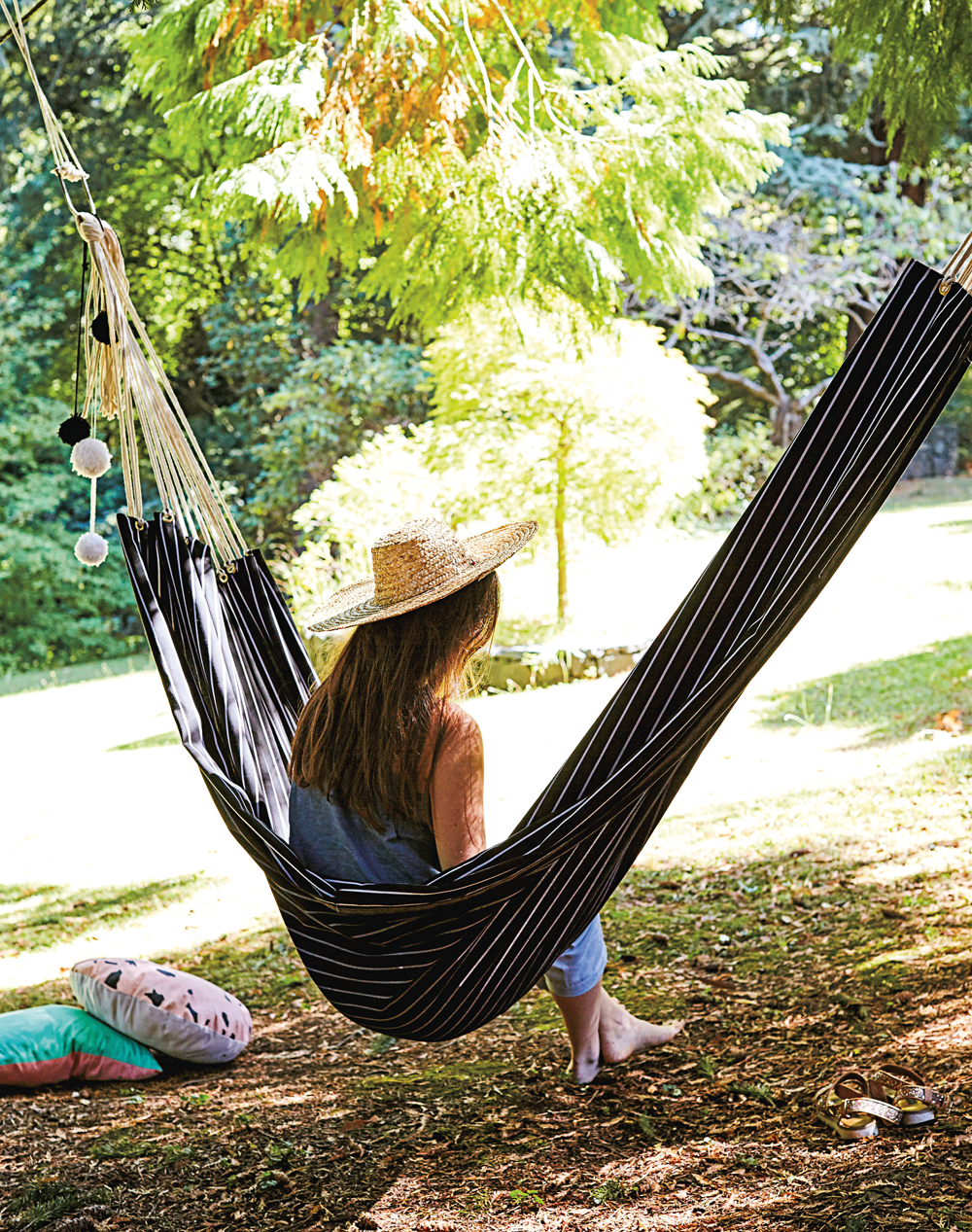Natural navigator Tristan Gooley explains how sixth sense can help us appreciate the world around us
It’s possible to achieve a level of outdoors awareness that, although once common, is now so rare that many would label it a ‘sixth sense’. This is the practised ability to draw conclusions from all of the evidence presented to our senses almost without thinking. It is not mysterious but expert intuition, a honed ability to join the dots offered by our senses to complete a fuller picture of our environment. Once you know how, it is easy to sense direction from stars and plants, forecast weather from woodland sounds, and predict the next action of an animal from its body language – instantly.
At the most basic level, we have not entirely lost these skills. Imagine you wake in a room that is perfectly dark, thanks to heavy curtains, and hear a cockerel crowing outside. It may not take any conscious thought to appreciate that it is growing light outside. The dog’s bark at the usual time tells us that the postman is arriving. But these examples are infantile compared to what our minds are capable of outdoors. But how do we know it is retrievable? Because a few individuals have held on to these skills; indigenous tribespeople, expert hunters and fishermen...
I have sat with Dayak tribespeople in Borneo as they explained that a deer would appear over the brow of a hill, and was amazed moments later when my eyes met those of a muntjac in the predicted spot. After careful discussion it became clear that the Dayak were subconsciously tuned to the relationship between the salt on a rock, the bees, the water, the time of day and the clearing in the forest, all of which suggested deer would come to lick salt at that time.
Remnants of this ability can be found in our relationship with domesticated animals. When you’re walking a dog in a city park, it’s fairly easy to tell from the way it turns whether the person approaching from behind has a dog with them or not. Time spent enjoying this way of experiencing the outdoors helps us to begin rebuilding our lost sixth sense. And if we make this a regular part of our outdoors experience, we soon find that our brain takes over, forging shortcuts and allowing us to draw conclusions without conscious thought. We sense a dog behind us, and we sense that the weather will be fine tomorrow. It is only a small leap from that to sensing what we will find round a corner or what an animal will do next.
For the past few years, I have been researching ways we can develop this sense. Central to this are the ‘keys’, a collection of patterns and events in nature worth our attention. We notice a shape in a tree or cloud and pair that with its meaning and very soon we don’t have to think it through – we just sense the meaning. In the same way, we can watch animals and learn to appreciate the key stages in their body language. It is unbelievably satisfying to be able to predict what a squirrel or robin will do next.
To get started, try playing ‘Grandma’s Footsteps’ with a bird on a lawn. Notice how you can take a few steps towards your bird when its head is down and it’s pecking. But if you try this when its head is up, it flies off. Practise this simple little game a few times and you’ll have learned your first ‘key’ - I call it ‘The Peek’. Add a few more keys and you’ll soon be predicting not just when the bird will fly off, but the tree it will fly to and what it will do when it gets there.
Very little in our surroundings is random and, with a little practice, we can learn to sense things that we may find astonishing. Understanding how and why this happens opens a new, and very old, way of experiencing our environment. It is a more radical experience of the outdoors than has been common for centuries.
Tristan is author of Wild Signs and Star Paths: the Keys to our Lost Sense (Sceptre). Read more at naturalnavigator.com.







